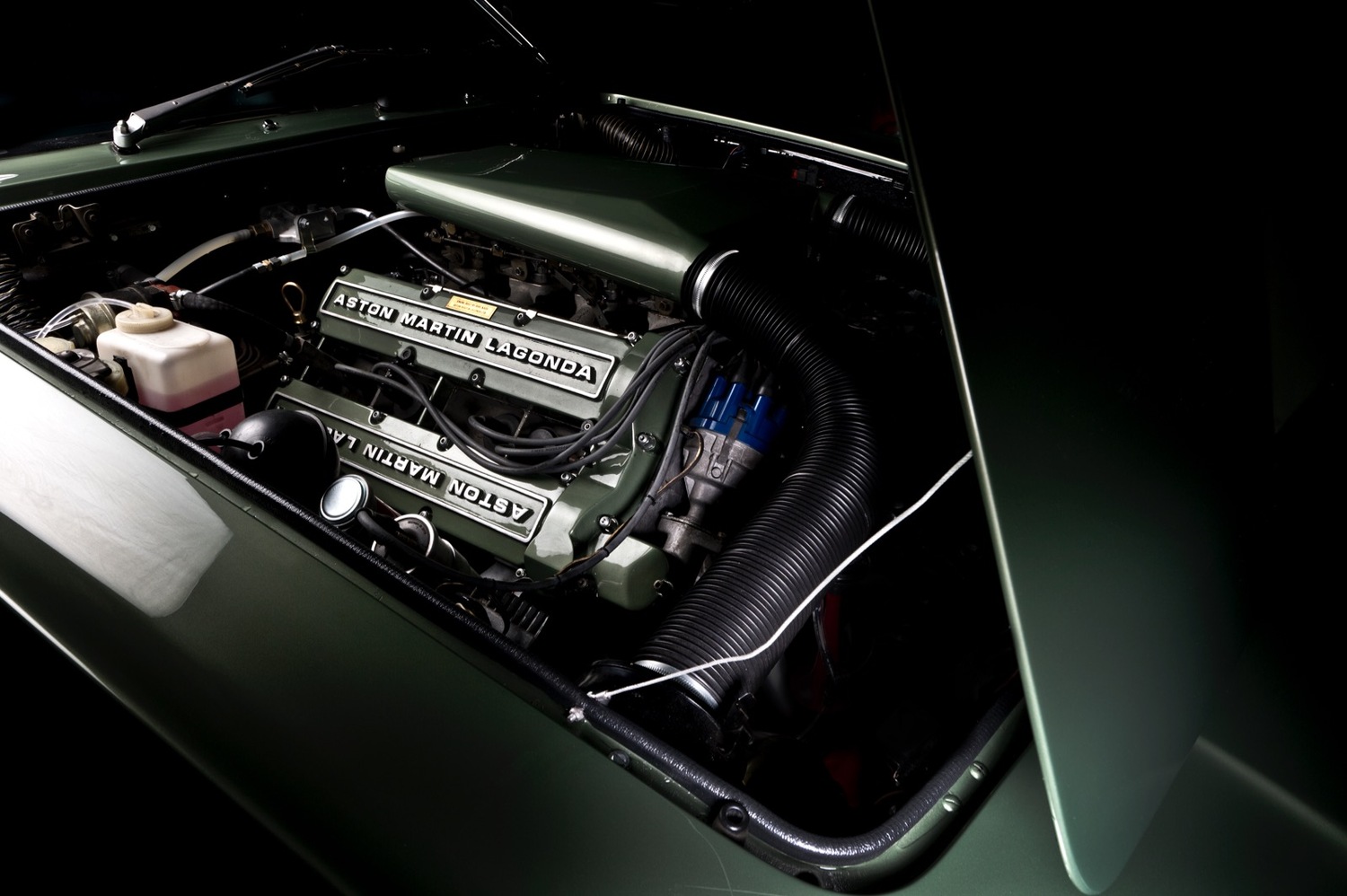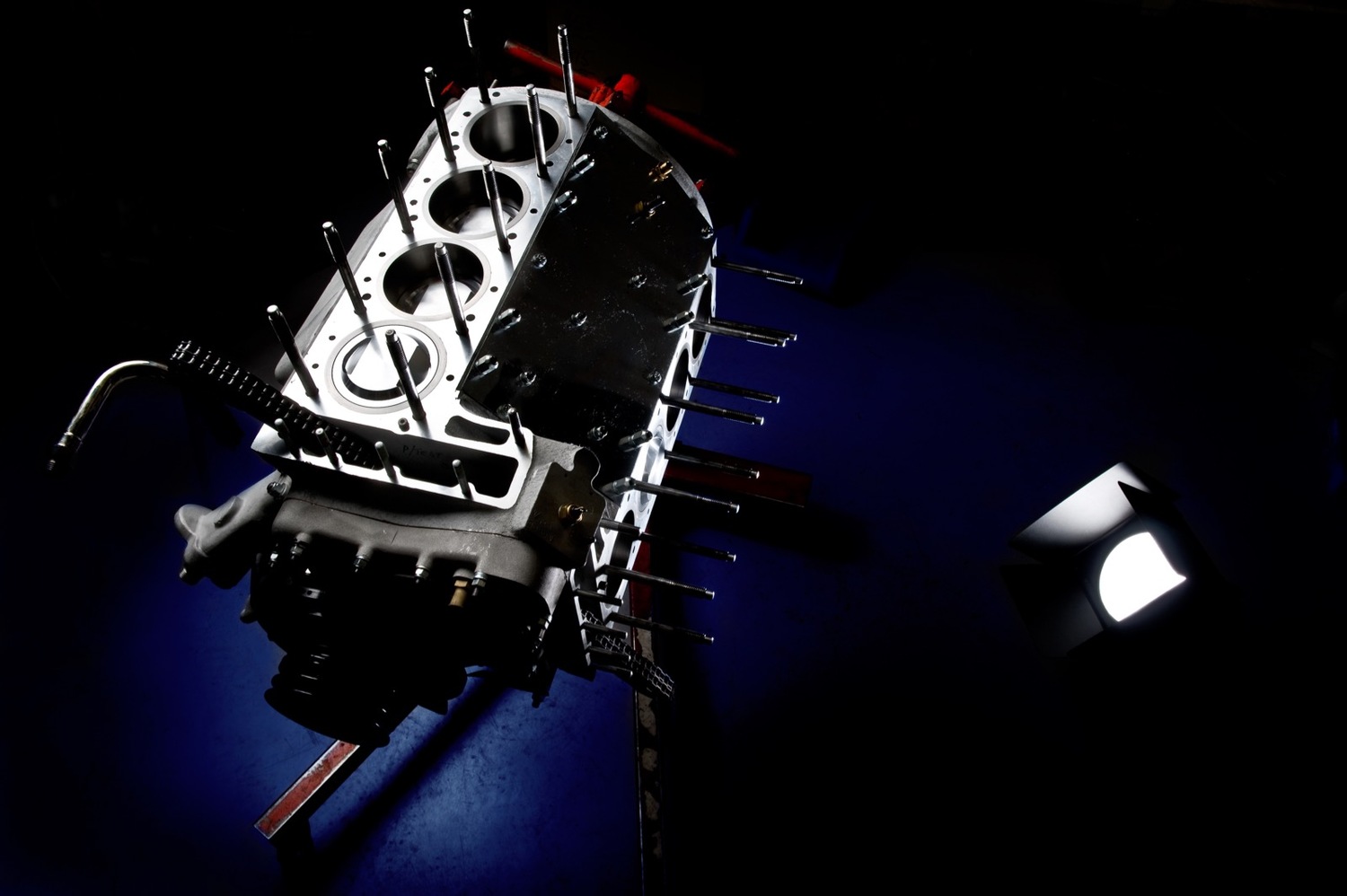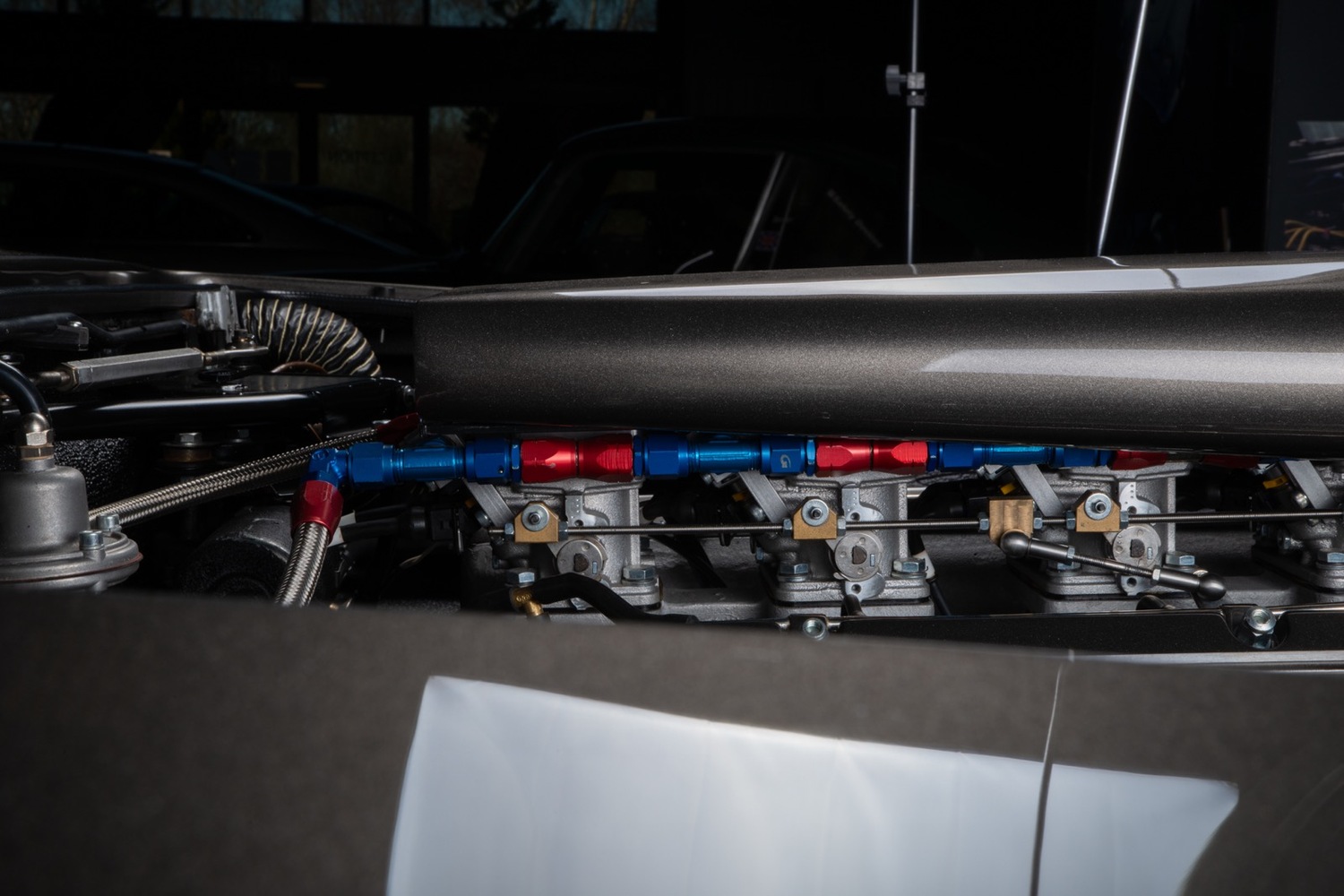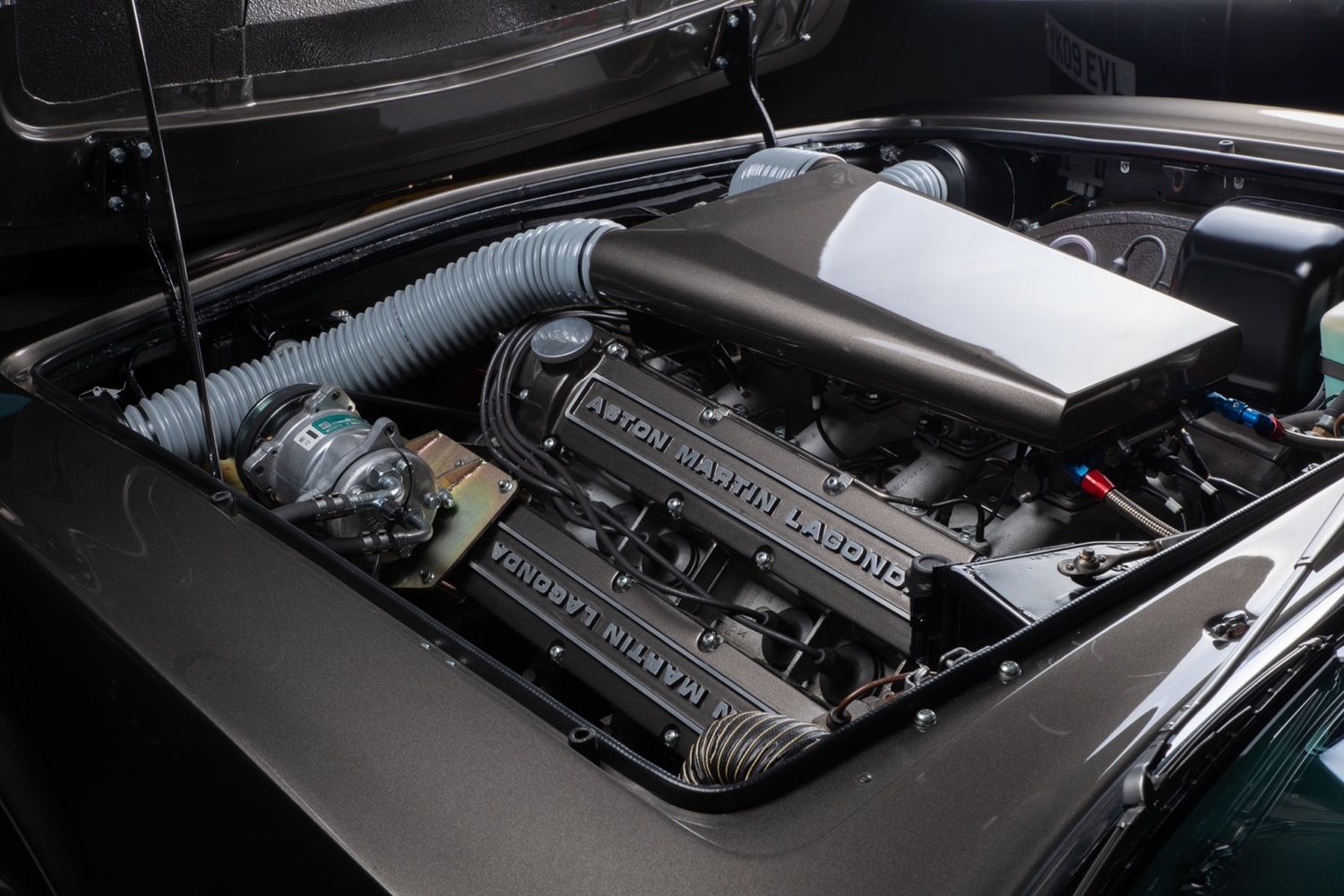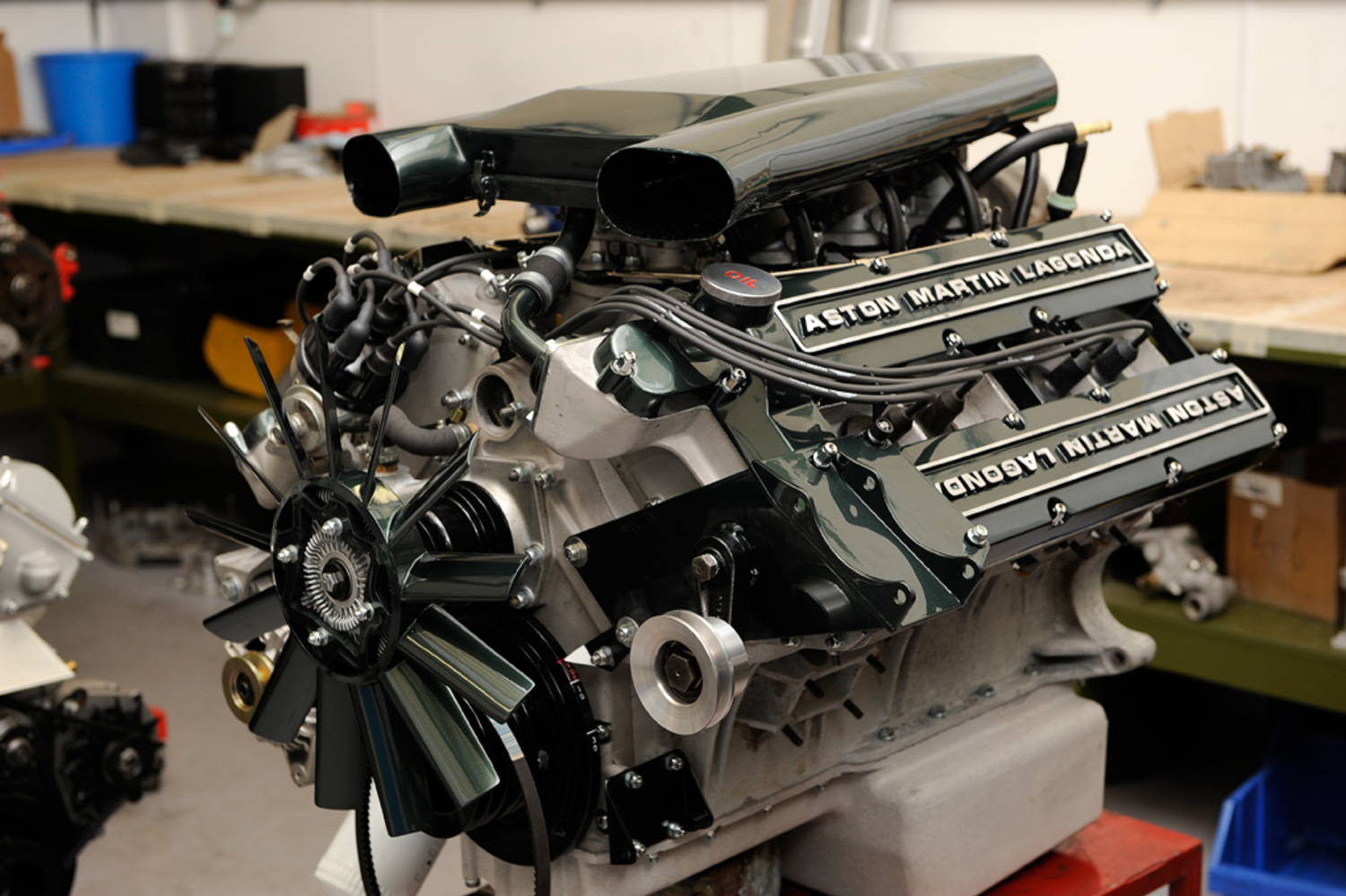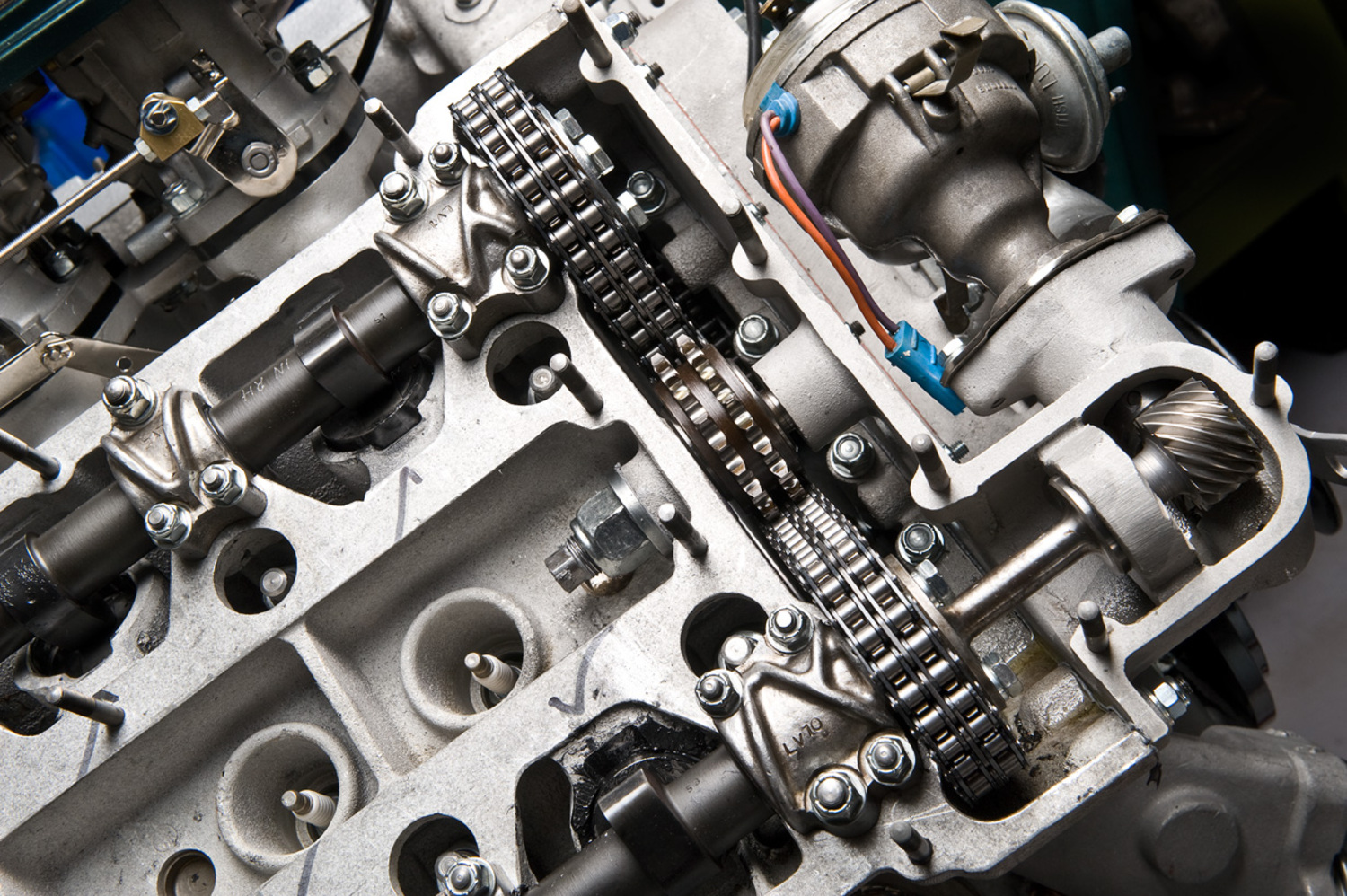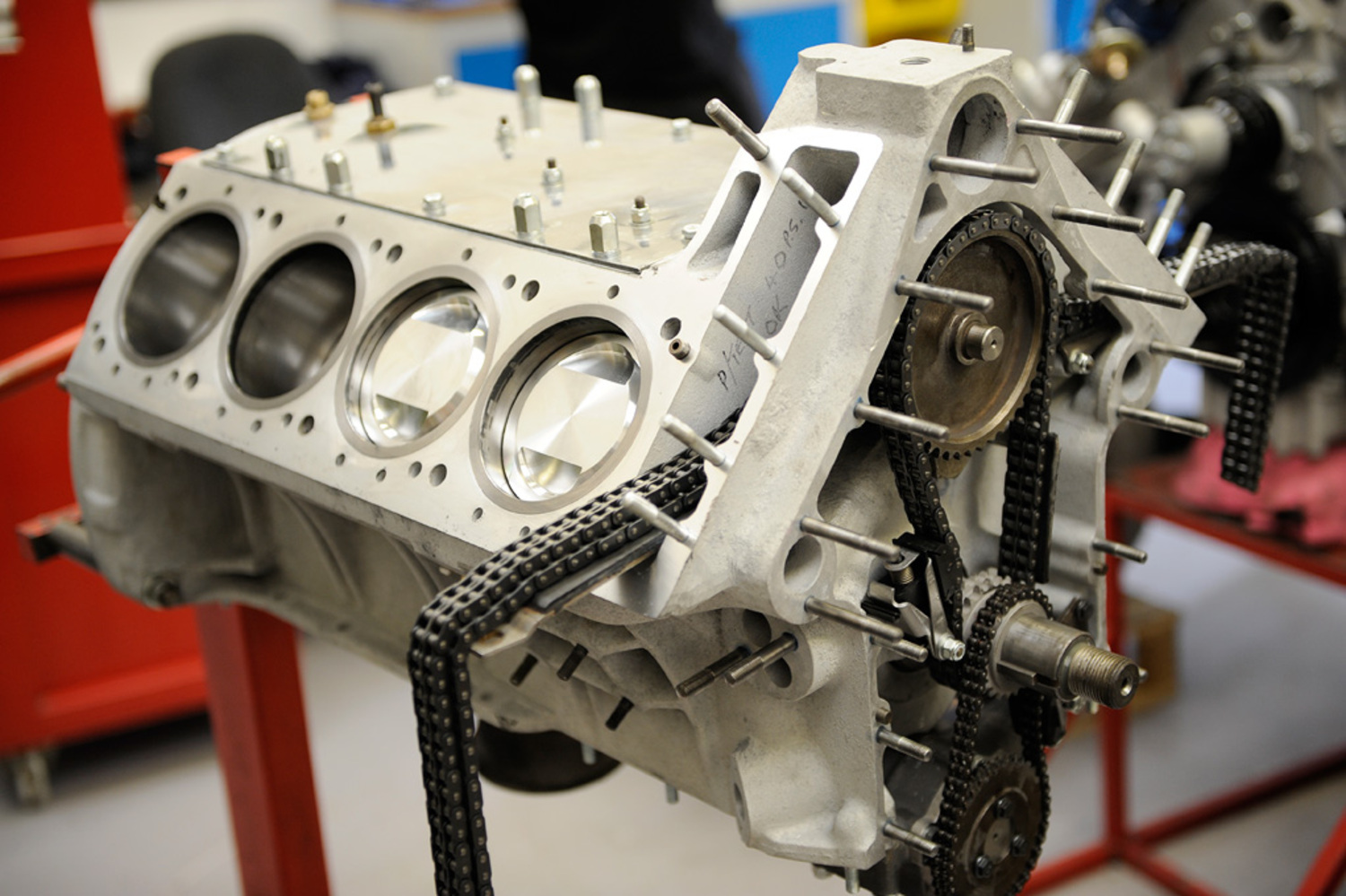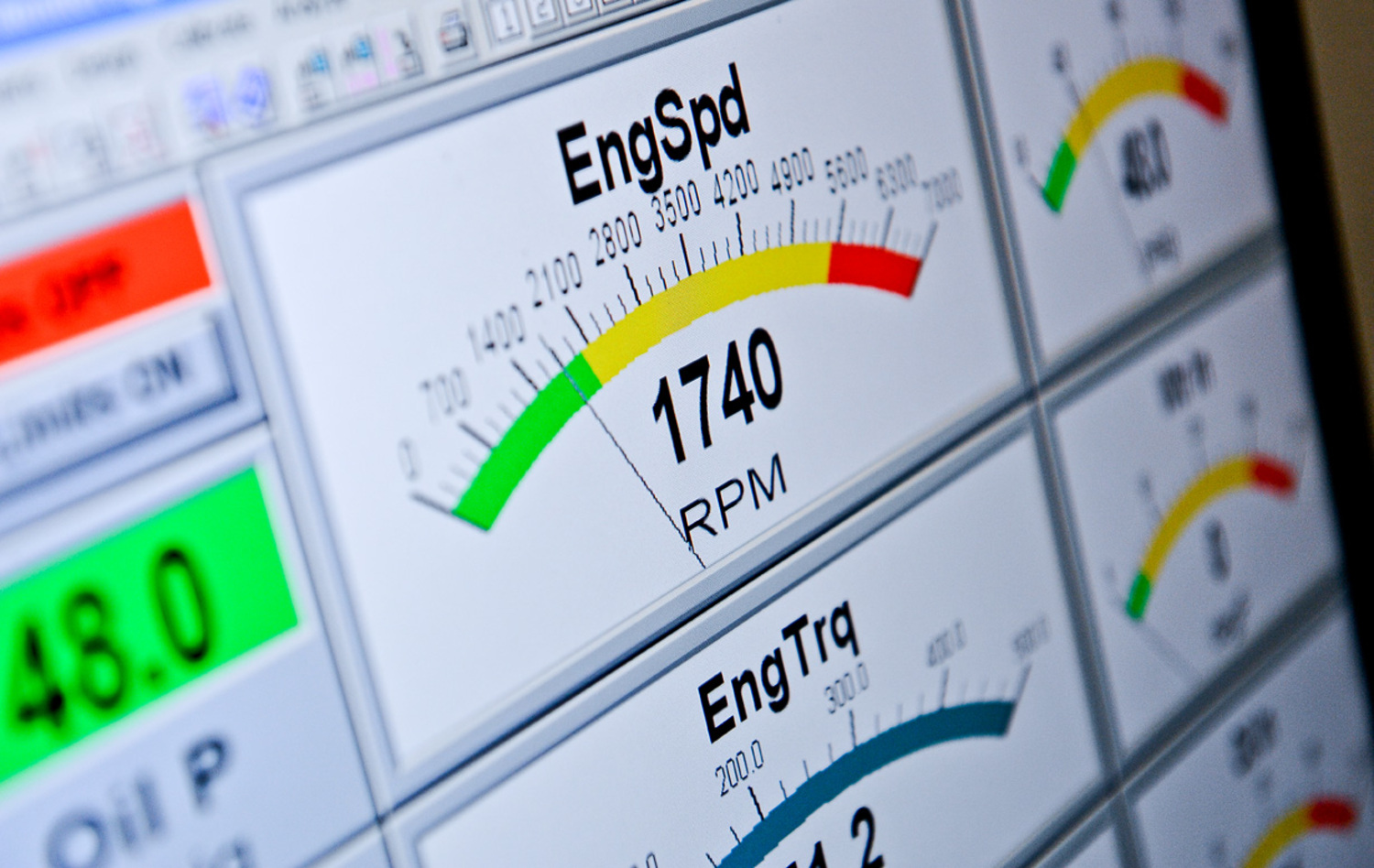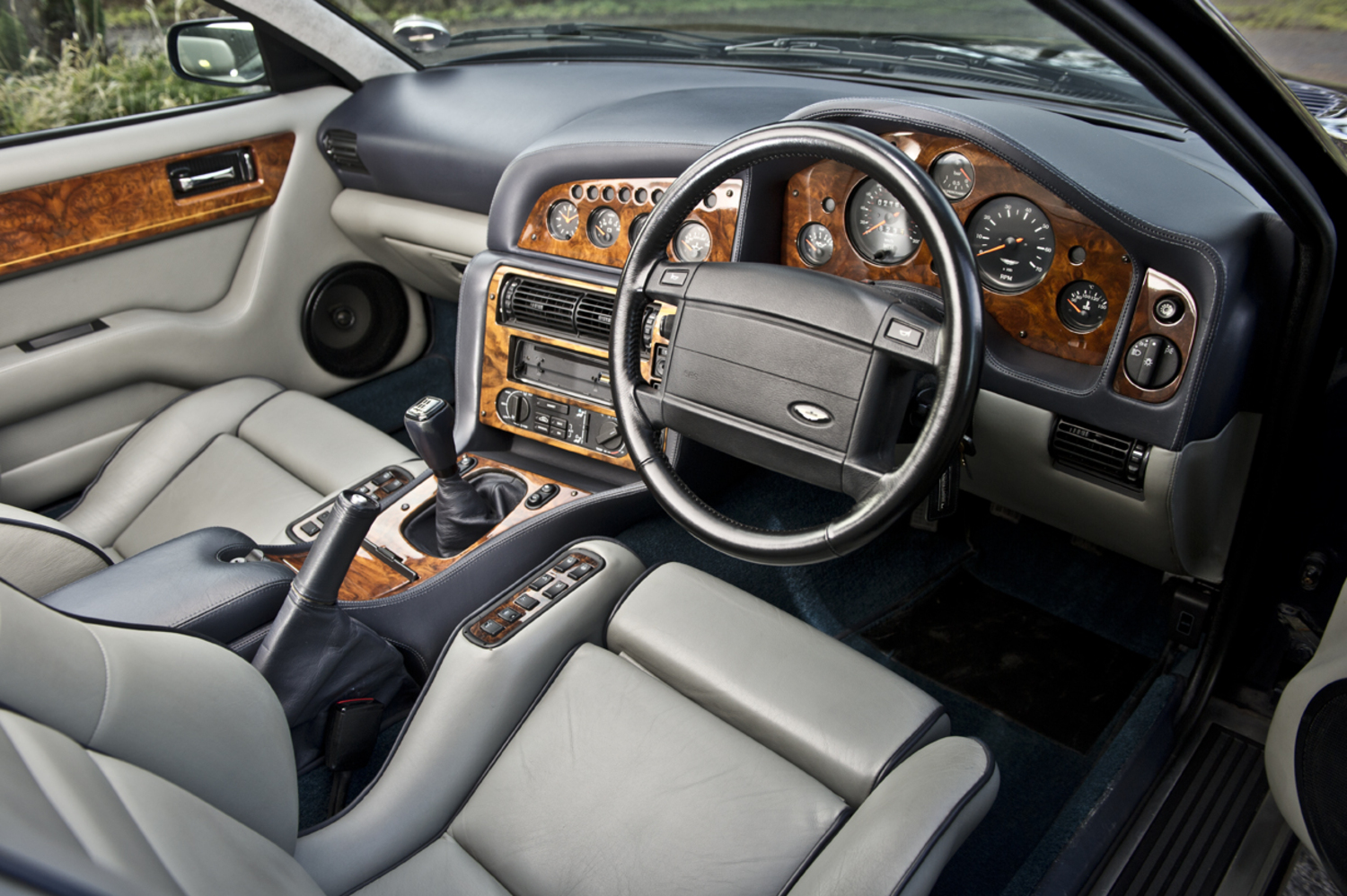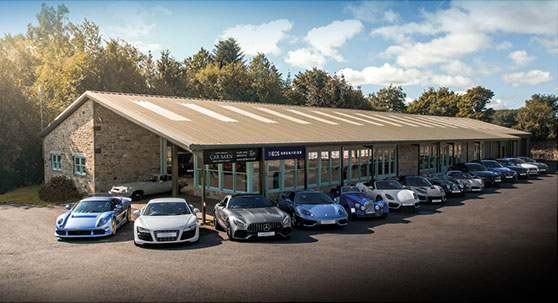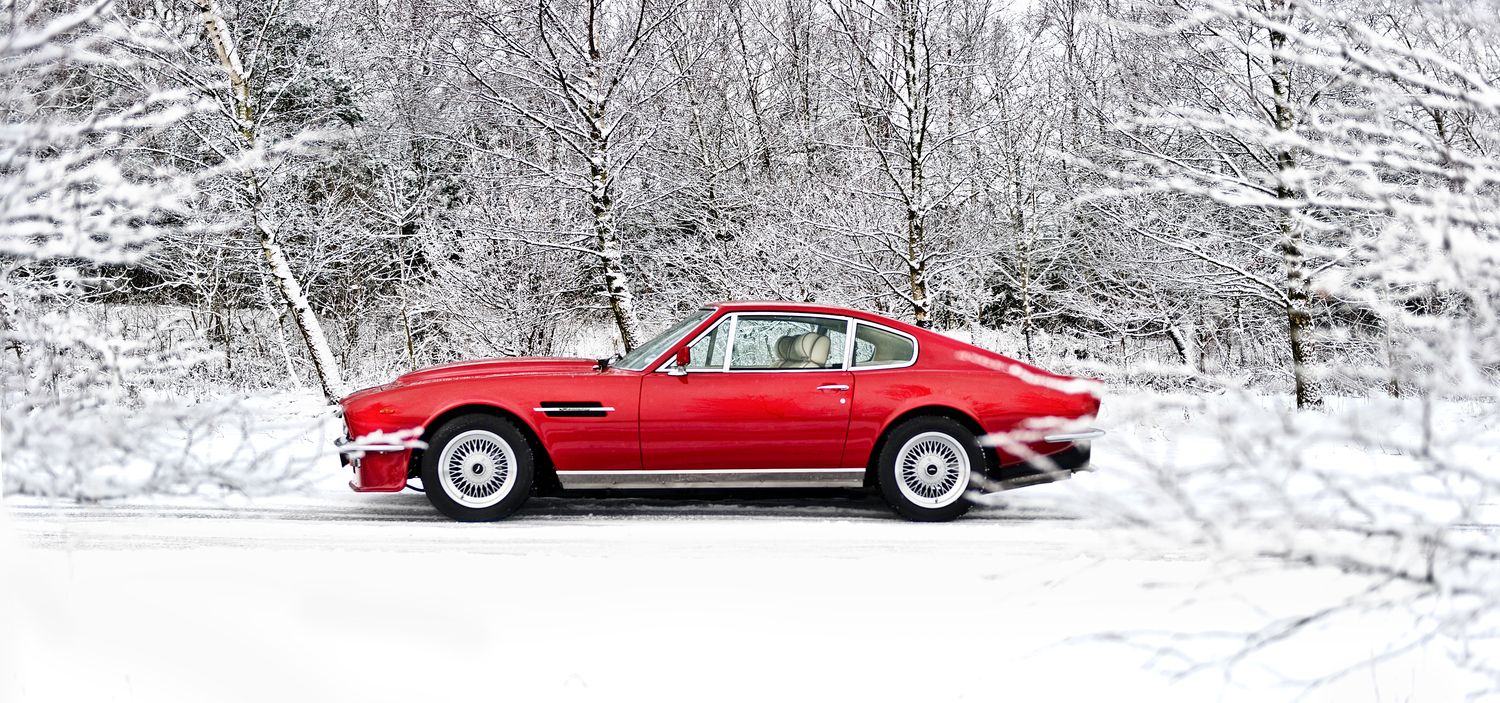
Tadek Marek's straight-6 engine was one of the leading power plants of the 1960s, however he had long desired to produce a V8 engine that would propel Aston Martin into the 1970s and beyond. His V8 design became an integral part of the Aston Martin legend, and with it he was elevated to one of the most important engine designers of the 20th century.
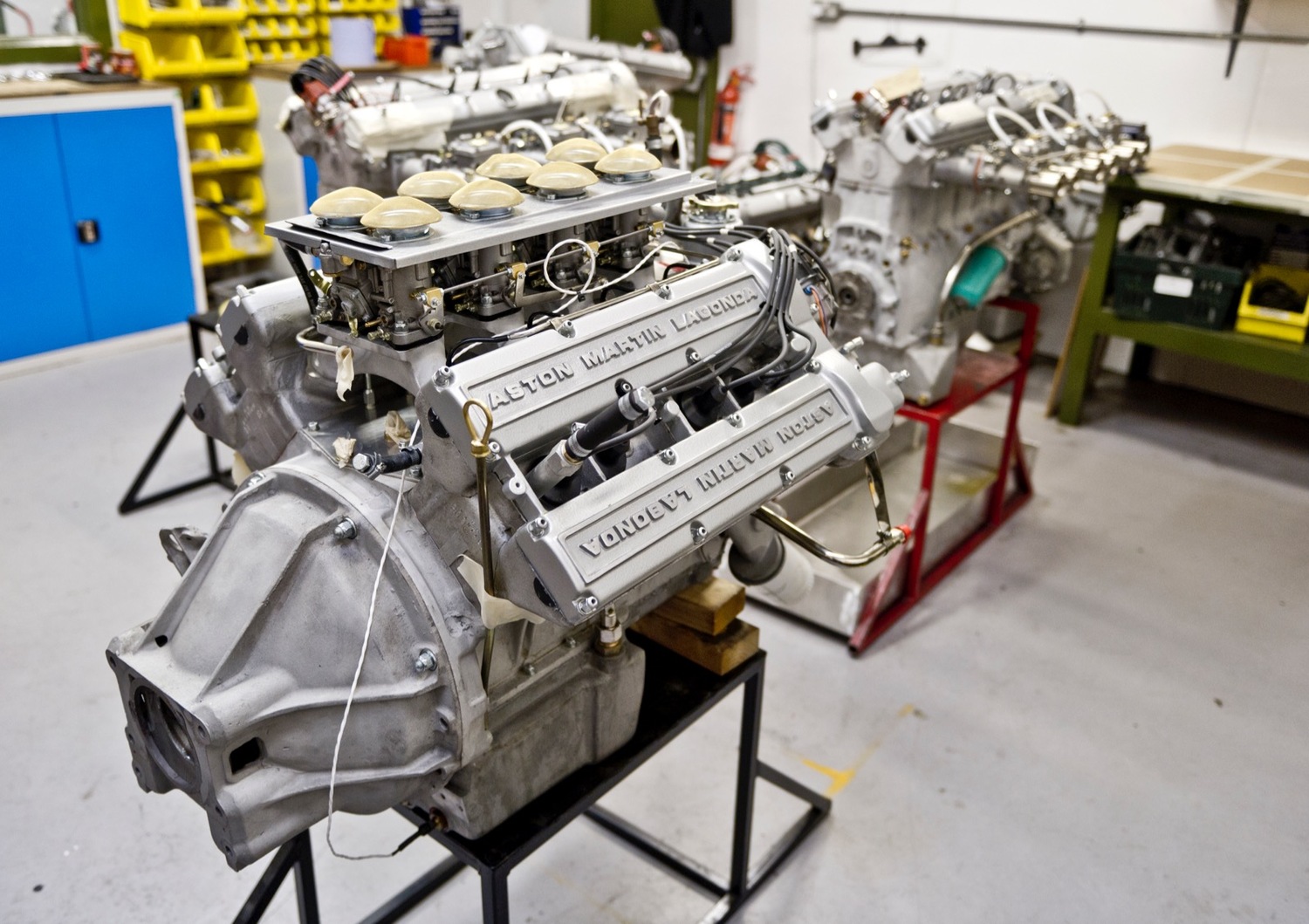
The DBS Finally Receives the V8 Engine "DBS V8"
The DBS V8 was announced in 1969, and despite a loud clamour from customers and dealers, Aston Martin did not iron out the gremlins in the car until later in 1970.
The DBS was always designed from the outset to accept the V8 engine. Externally the only difference between the 6 cylinder 4 litre DBS and the DBS V8 was the V8 use of forged alloy wheels, that given the torque generated by the V8 would have stressed the splines and hubs of a wire wheel beyond safety limits. Internally, the DBS and DBS V8 were to all intents and purposes indistinguishable.
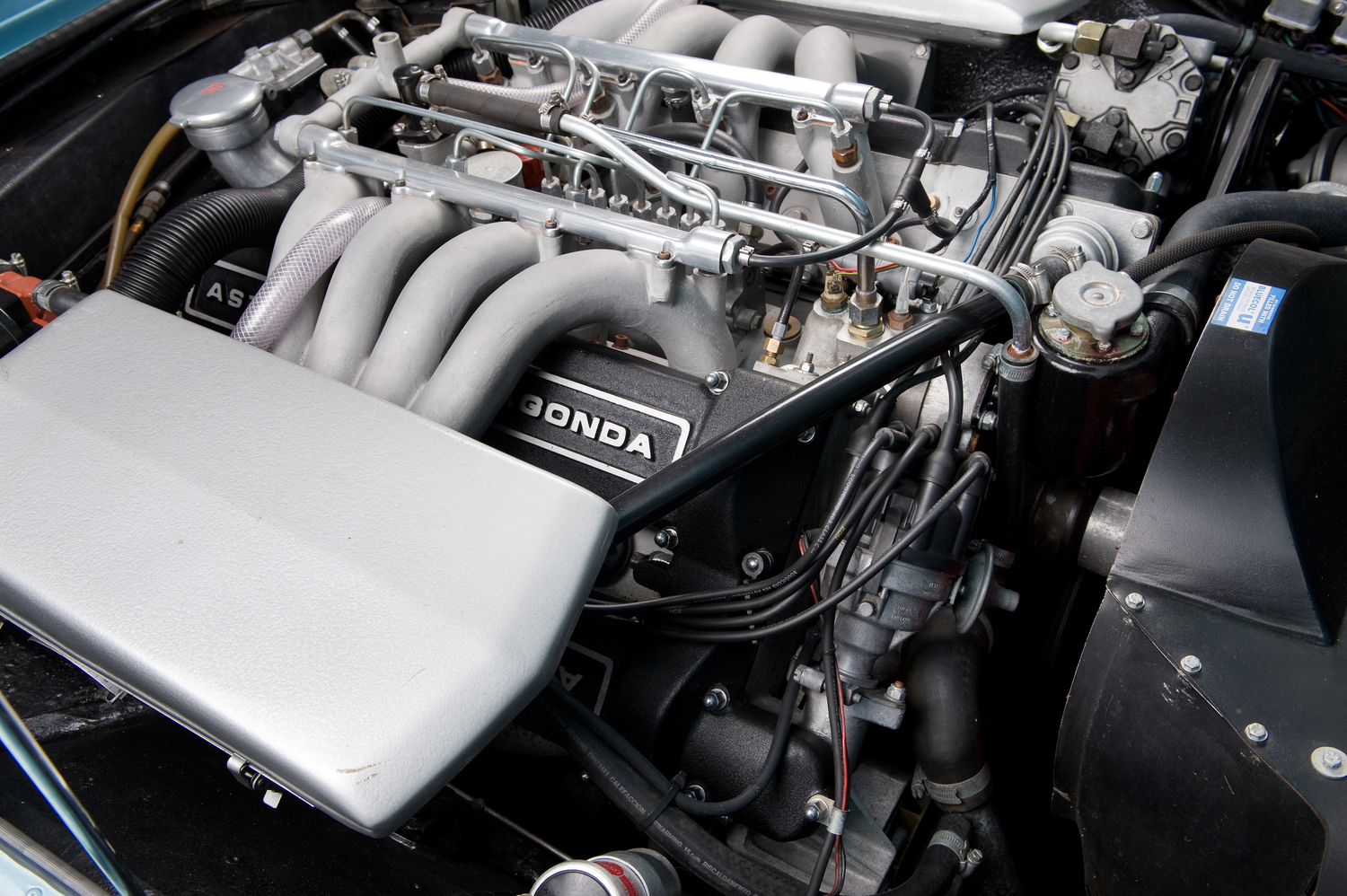
The Early Days of Mechanical Fuel Injection "AMV8"
By 1967, it had been decided, in the light of US emission regulations, that the best chance of being able to comply with the Federal regulations without serious power loss would come from using fuel injection. To that end, Aston Martin worked closely with Bosch, to develop a mechanical fuel injection system. Development started in 1967 and by 1969, the first production engines, now at 5.3 litre capacity, were ready, these now developing about 360 bhp. This was the engine used in the DBS V8. The performance for its day was unrivalled by any other production car, with a top speed of over 160mph, and with a 0 to 100mph time of 13.5 seconds or less.
The Bosch Fuel injection system was not however, an unmitigated success, and like the Fuel Injection that was offered on the DB6, suffered all too frequent loss of tune from the effects of a drift in the operation of the injection metering unit. The system was always tricky to set up correctly and few dealer technicians showed any real competence at so doing. However, the result of a well adjusted Fuel Injection system was dramatic, creating a car whose performance was rivalled only by the V8 Vantage some 9 years after the DBS V8 was launched.
Customer deliveries really only started in earnest for the 1971 model year, to glowing road test reports, but a growing clamour from customers, who almost from the day they took delivery started experiencing problems that were to bedevil the car and which within 18 months, would result in the announcement of the Aston Martin V8.
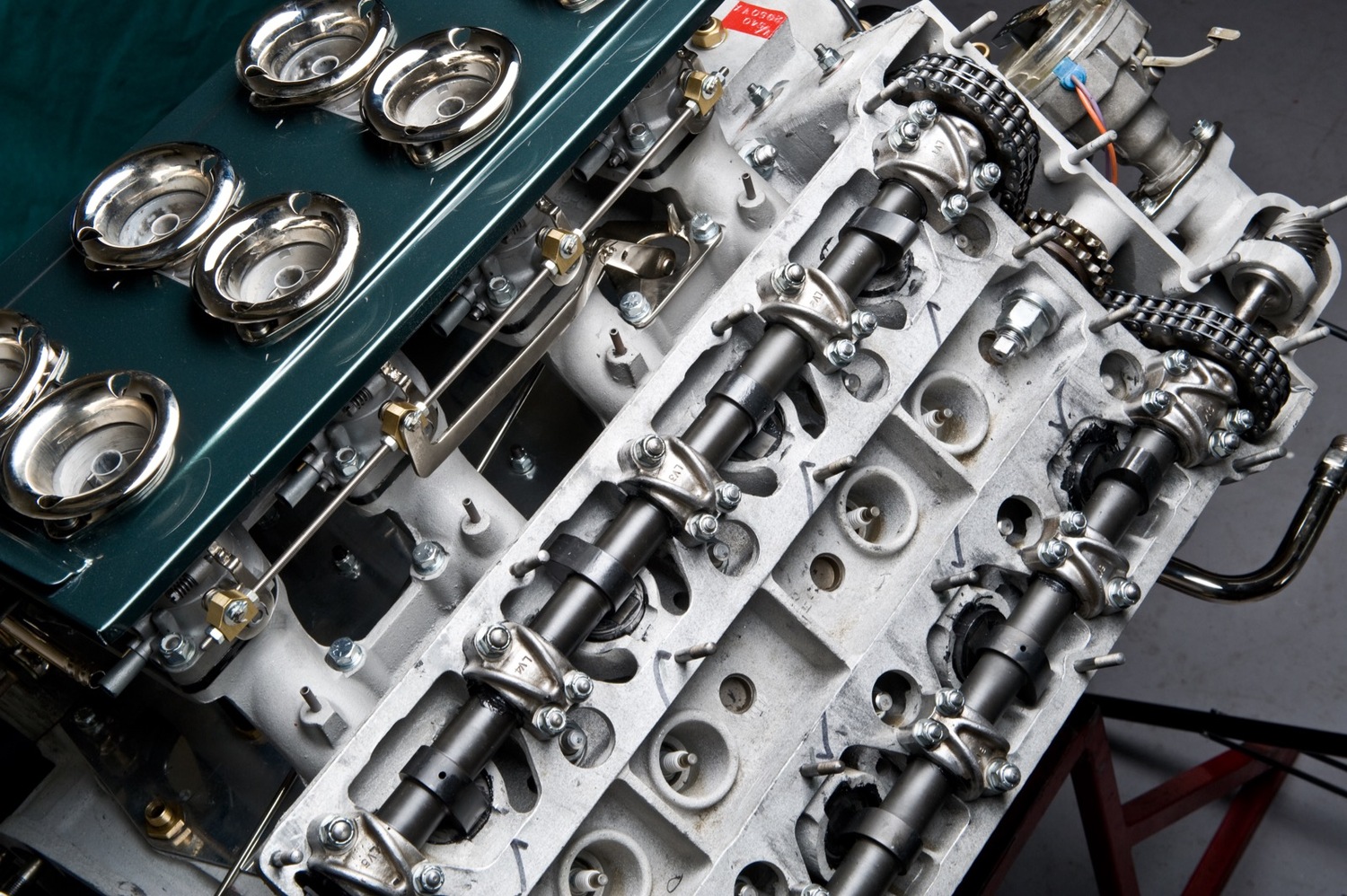
The Return to Carburettors "Series 3"
In 1971, a consortium of enthusiastic owners bought Aston Martin from the David Brown Company. Their first concern was to ensure the future of the Aston Martin V8 and its access to the US market. Results from early emission testing of the DBS V8 showed that it was most unlikely to be made compliant without very considerable expense and time. There was also a major concern with its reliability and all too frequent loss of tune. The quick and cheap answer was to fit emission compliant carburettors, and an early development configuration of four twin-choke Webers was quickly selected and chosen. Compliance was achieved, but at the expense of significant power, which was reduced to around 320 bhp, with a corresponding reduction of torque. With minor variations, this engine was to remain in production throughout the 1970s and early 1980s.
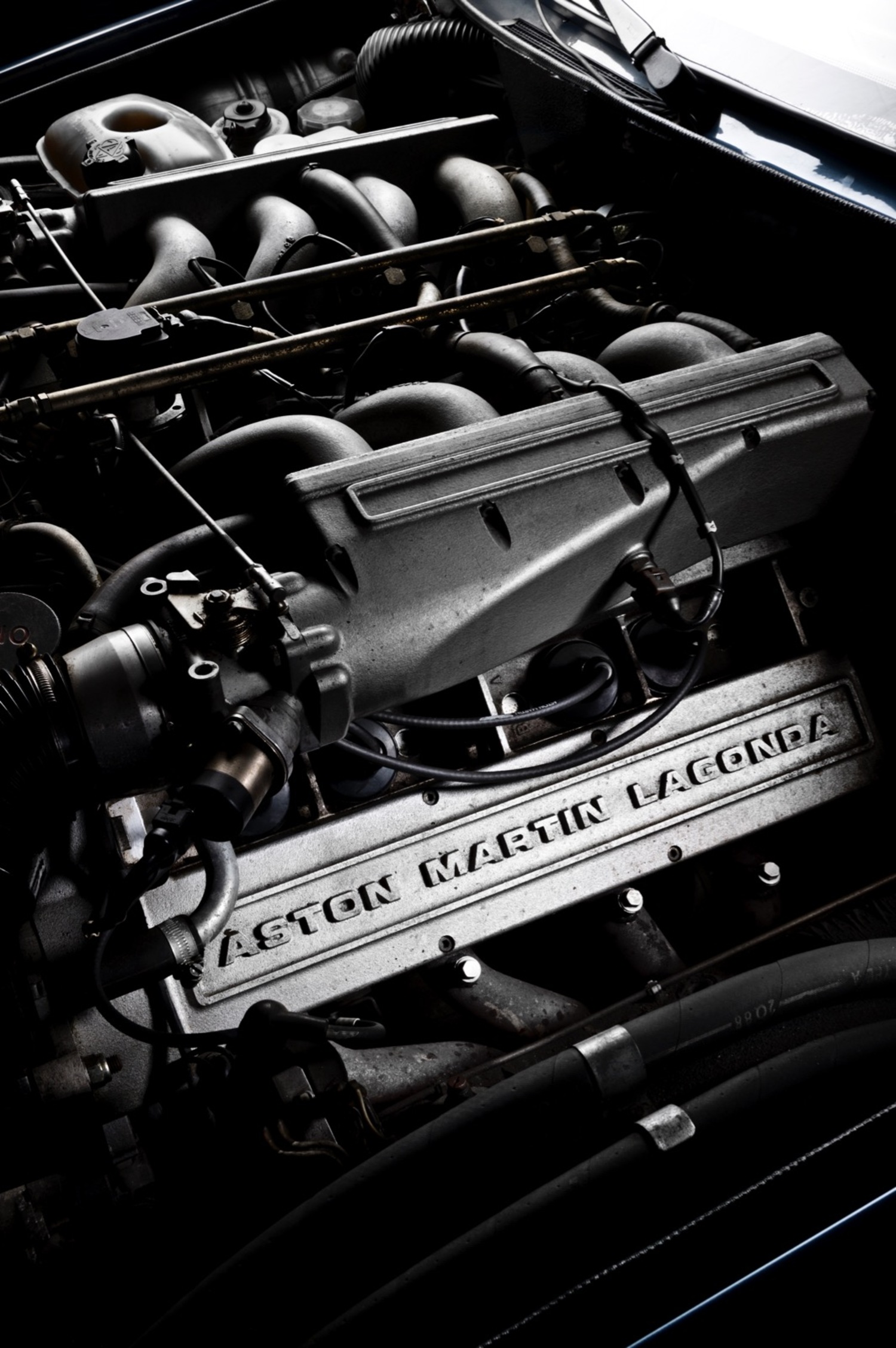
The Vantage V8
Aston Martin was sold again in 1978 and this time was acquired by a new consortium of Aston Martin enthusiasts, with Mr Victor Gauntlett as the MD. One of his earliest decisions was to develop a high performance Vantage version of the V8.
As has already been stated, this V8 engine has demonstrated remarkable development potential, thus enabling the Vantage to be ready for sale within 6 months. The modifications to the engine were relatively modest with use of hotter cams, bigger carburettors, bigger inlet valves, gas flowed exhaust manifolds and a higher compression ratio of 9.0 to 1. In 1981, yet a further variation of the Vantage engine with modified cylinder heads with enlarged inlet and exhaust ports, valves, improved cams was put into production to compensate for the growing weight of the V8 and to preserve its remarkable performance, which fully recovered all the performance lost with the abandonment of the DBS V8 fuel injected car.
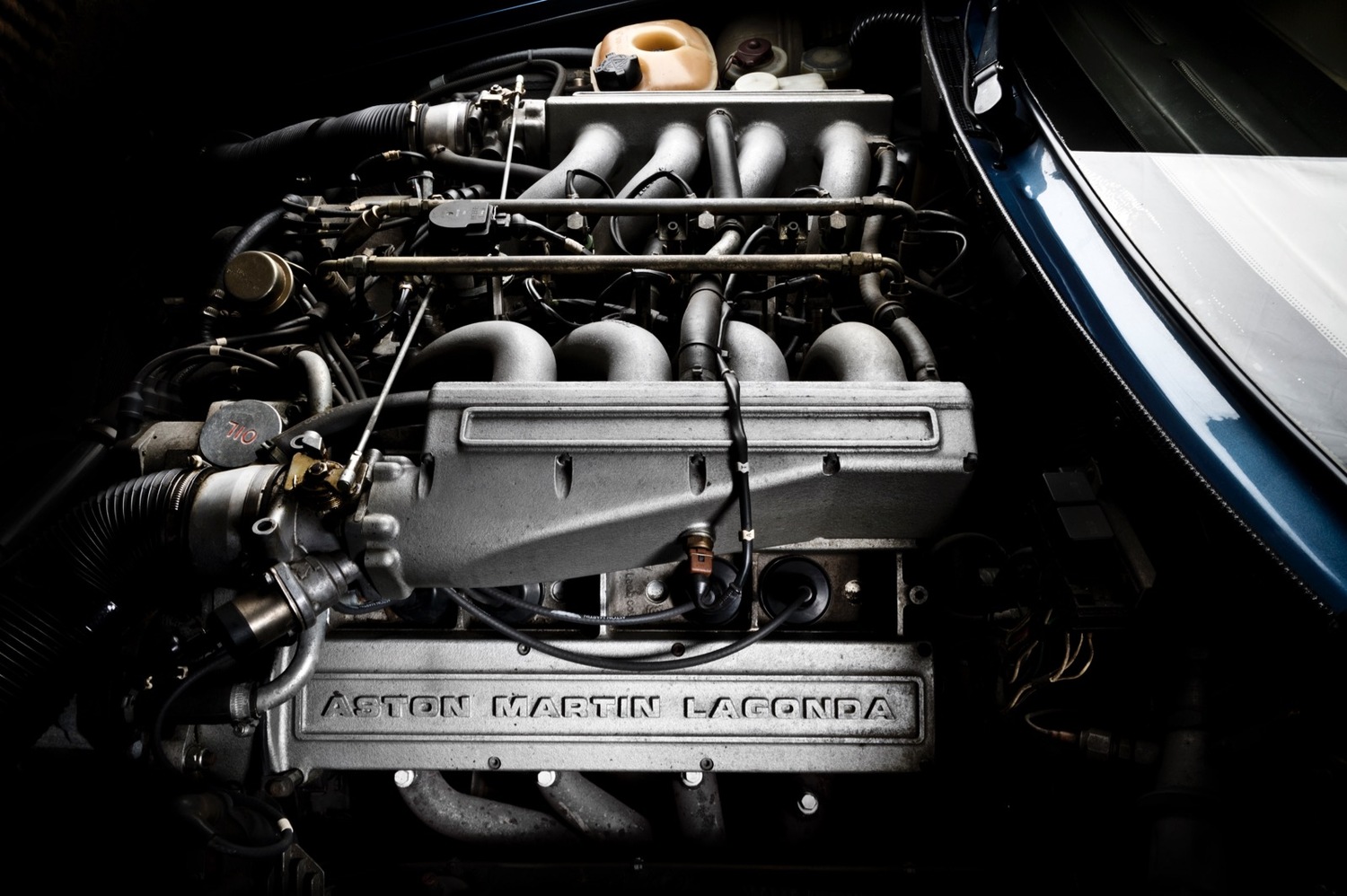
The Reintroduction of Electronic Fuel Injection
Mindful of ever more stringent emission regulations, the last production variant of the V8 engine was launched in 1985, using an electronic fuel injection system developed by Caraway Inc of the USA. Their instruction was to make the engine fully emission compliant. To that end their brief included new cylinder heads as well as a completely new intake and exhaust system. Accordingly, the cylinder heads now featured 4 valves per cylinder with new cams, higher compression and integrated with the use of emission compliant exhaust catalysts. Among the benefits of this engine was a reduced engine height, visible by the modified shape of the car bonnet.

V8 Reborn with the Virage
The Aston Martin V8 engine was given a renewed lease of life in in the late 1980s with the introduction of the Virage. Aston’s first all-new car in almost two decades, the Virage featured an updated, catalysed 32-valve version of the Aston Martin V8, with cylinder heads development shared with Callaway Engineering of Connecticut, USA. The Weber fuel injection system fitted to the later V585 engines of the V8 range was upgraded, and due to this the same engine specification could be fitted in every market across the globe. Capable of producing 330bhp and 350lb.ft the V8 powerplant in the Virage was well received, especially in the US market where previous Aston V8s had been horrendously underpowered.
The V8 engine was also used in Group C racing, powering the AMR1 endurance racer that achieved an 11thplaced finish at Le Mans in 1989. Just as David Brown encouraged racing in the 1950s and 60s to strengthen road-car development, Aston Martin channelled AMR1 development into production of a road-going 6.3L V8 engine. Initially developing 465 bhp, some mechanical upgrades in 1993 raised the power to 500bhp and 480 lb.ft of torque. The 6.3L specification engine could be considered the ultimate naturally aspirated Aston Martin V8, although independent specialists have since produced 7.0L variants to varying success.
The Virage became the V8 Coupe in 1996, with Aston Martin keen to update the model in line with the introduction of the brand new inline-6 powered DB7. The engine used in the V8 coupe is effectively a non-supercharged variant of the 5.3L Vantage engine, producing 349 bhp and 369 lb.ft of torque.
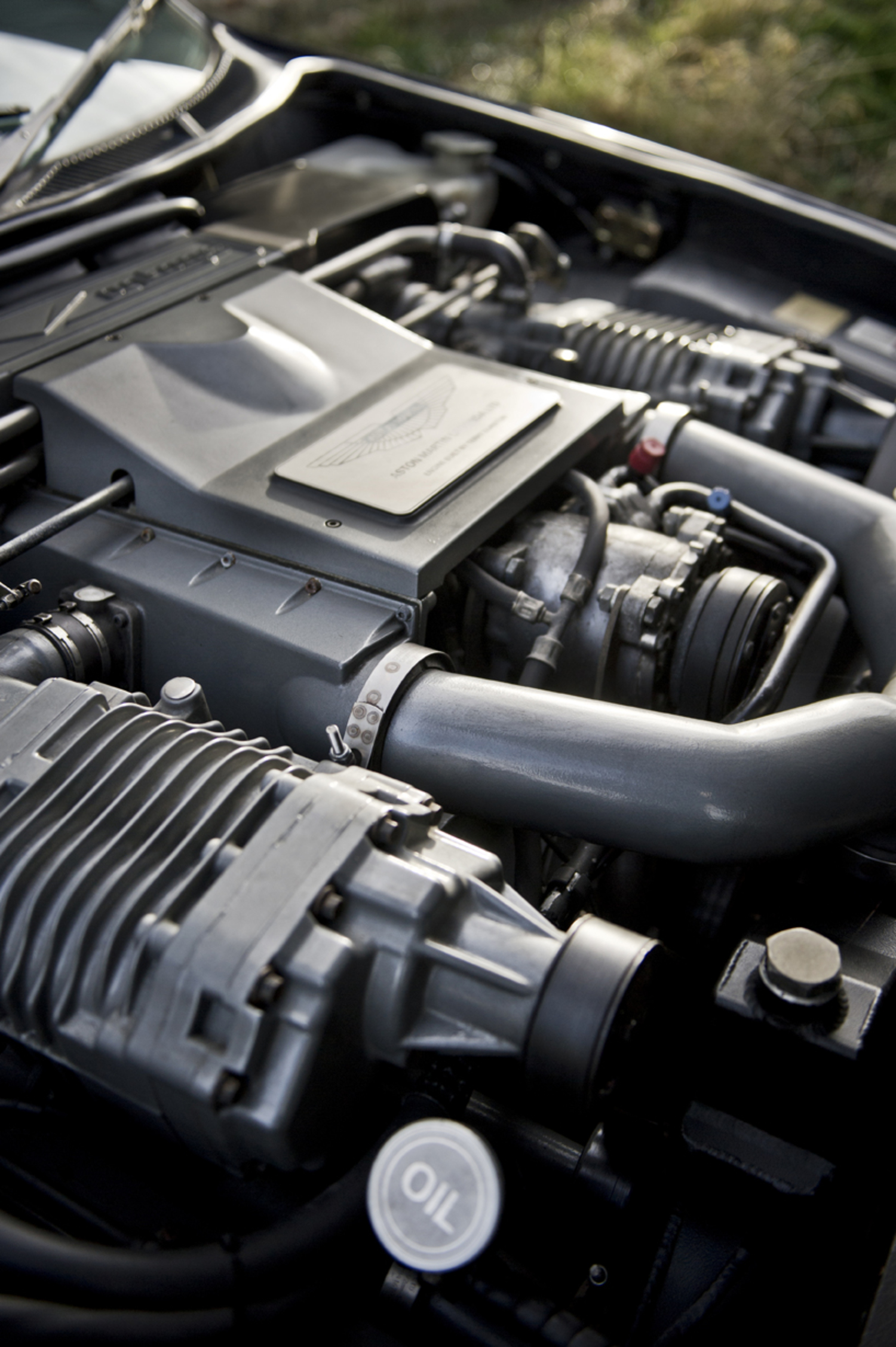
Supercharged Vantage Specification V8 Engines
1993, four years after the Virage was introduced, Aston Martin launched the much-anticipated Vantage-spec engine. The ‘Vantage’ badge had long stood for high-performance variants of Aston models, with that particularly true in this case; all that remained of the original Virage design was the roof and doors, with everything else changed as part of a thorough redesign. Even the Virage nameplate was dropped, with the car known simply as ‘Vantage’ and later ‘V8 Vantage’. Along with a wide range of mechanical upgrades, the Tadek Marek engine design was again thoroughly updated. The 5340cc capacity remained, however the fitment of twin Eaton superchargers allowed for vastly superior performance. 550bhp and 550 lb.ft of torque ensured the ‘V550’ supercharged Vantage was capable of 186mph. It’s worth noting that 186mph is the official top speed given by Aston Martin. Owners reported unofficial speeds of 200mph+ were attainable from the V550 setup.
The V600 specification was introduced in 1998, and this time the 200mph figure was genuine. A redesigned charge air cooling system, bigger diameter exhaust system and increased supercharger boost pressure raised the maximum power figure to 600bhp making the V600 engine the world’s most powerful at the time, and Aston’s most powerful powerplant until the launch of the One-77.
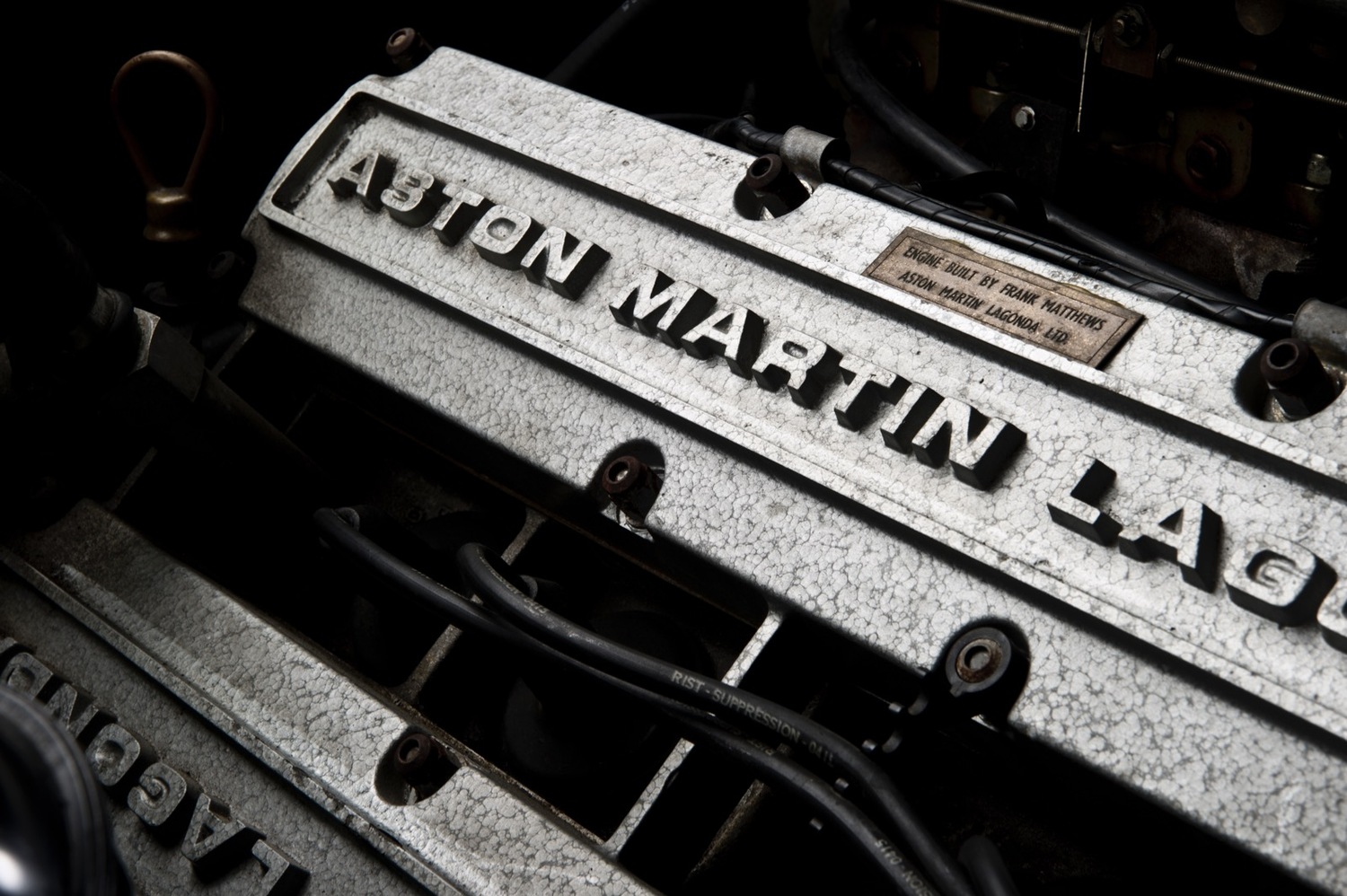
Increased Capacity Modified V8s
The 5.3L capacity specification ran through the entire length of production of the Aston Martin V8 engine, unusual from a marque that traditionally increased an engine’s capacity over it’s evolution. Apart from 6.3L engines built during Virage production, a range of high-capacity V8s were built over the 3-decade life of the Aston Martin V8. This trend still continues with Aston Workshop’s Evolution 6.0 specification (detailed below) a desirable upgrade on V8 powered cars.
During the AMV8 era, a 6.3L engine was available from Aston Martin Works as a special option. If the increase in power and torque resulting from the extra litre capacity wasn’t enough specialists such as RS Williams offered 7.0L engine conversions in period, often tuned to match the gearbox chosen by the customer. It is common to find 6.3L and 7.0L V8 conversions, while the 5.7L and 6.0L are slightly rarer despite their own range of benefits. One Aston enthusiast, owner of a Limited Edition Coupe, even commissioned a 7.0L conversion with the addition of a 14psi turbocharger; in that state of tune the engine produced 720bhp and over 1,000 lb.ft of torque.
Aston Workshop are often commissioned to produce upgraded and modernised V8 engines for various projects globally. Our Evolution 6.0 specification increases capacity but focuses on low-mid range torque. Various power and torque figures are attainable with the final goal to produce a drivable and modern-feeling engine. For customers requiring even more performance, custom specifications can be commissioned; we currently have for sale a 7.3L supercharged V8 engine rated at 1,000bhp.

